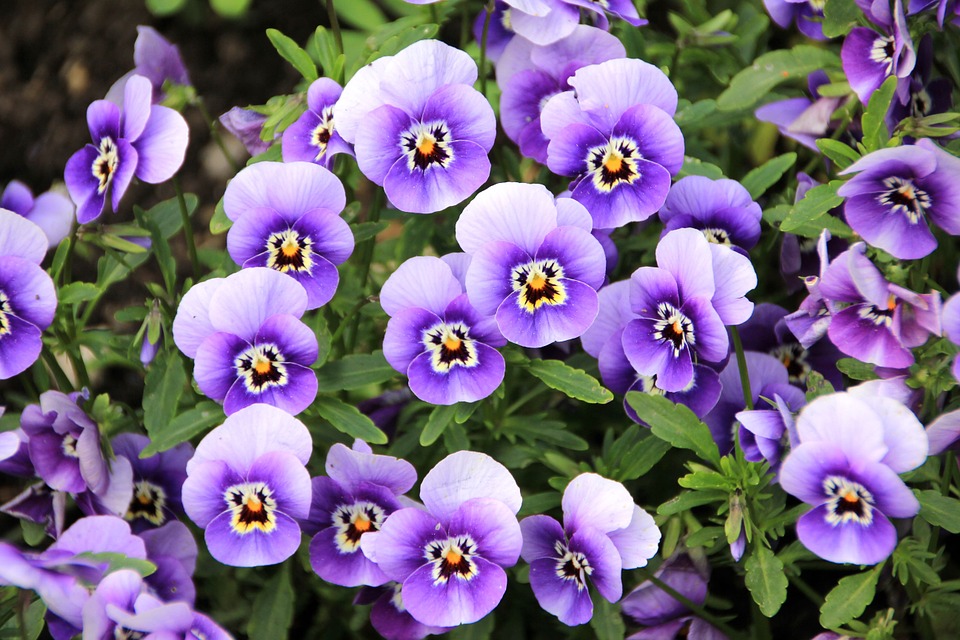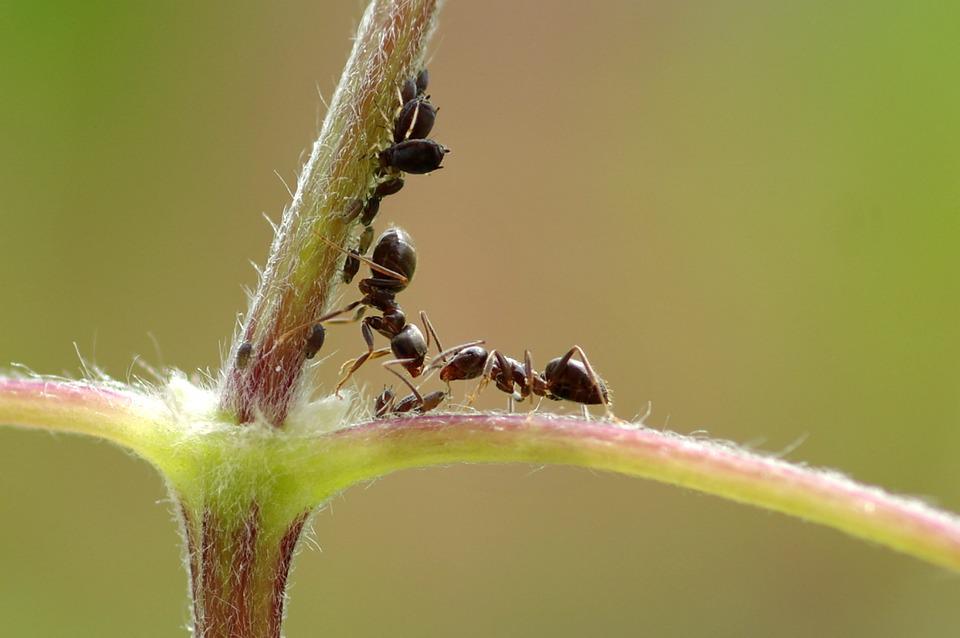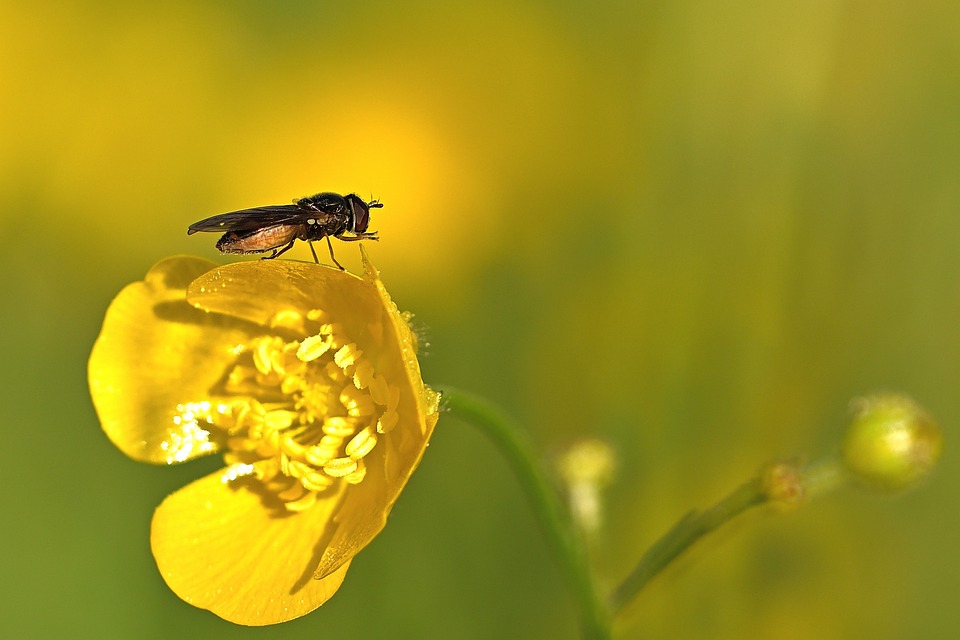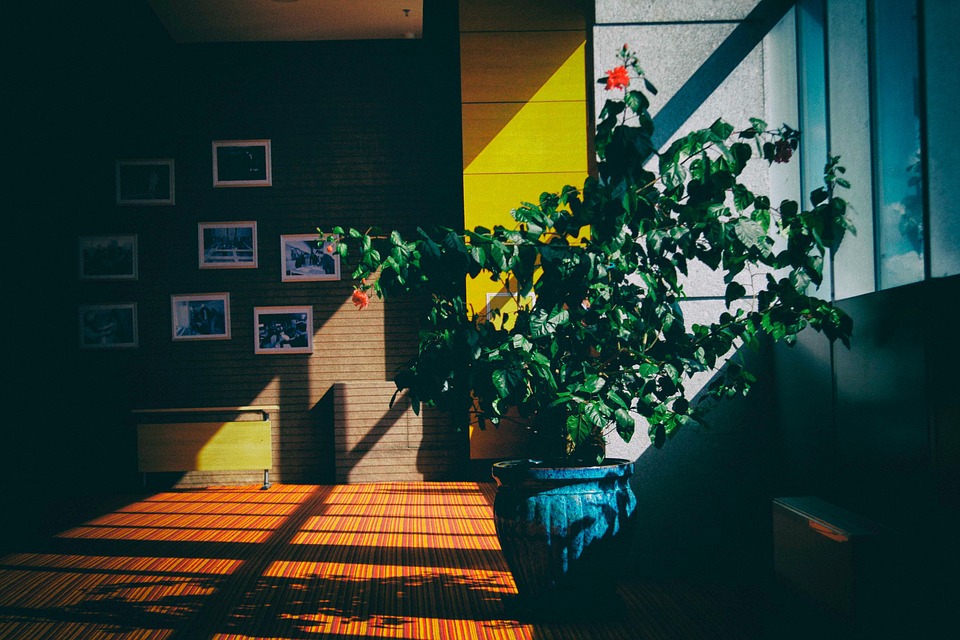Distinguished, simple, and of extraordinary hardness. This is how African Violets are, an indoor plant that, perhaps due to its small size, often goes unnoticed. A mistake, if we consider that its humility of size contrasts with its beautiful flowers and with something even better: with the proper care, we can enjoy its flowers during the twelve months of the year. They are native to Tropical Africa but are currently found almost everywhere globally and are among the most popular ornamental plants. Here are some tips to help you take care of violets:
1) The Soil
The soil should be slightly acidic, so the pH should range between 6.4 and 6.9. It should also be loose and have good drainage. If not, the plant may be affected during later growth. It will also be better to use huge pots that can accommodate a good number of seedlings to have a good touch of color, especially if you’re growing them on the balcony. Violets must be planted close together. Take special care to avoid stagnant water, which can be very harmful to the plant and cause problems during winter frosts.
2) Sunlight
These plants cannot receive direct sunlight because their leaves will immediately wilt. The most advisable thing is to keep them inside the house or put them somewhere in the garden where the sun cannot shine directly throughout the day. For instance, if you have a natural shade under a tree, such areas would be the ideal place for this plant.
3) Watering
Be very careful with watering. Water cannot be absent for long, but overwatering can rot the plant immediately. Before watering, make sure the substrate is dry, not just the surface.
Make sure to avoid the leaves or the flowers and only water the soil. This can easily be done by placing a plate with warm water under the pot for half an hour. In this way, the plant will slowly absorb the water. Water on leaves and flowers will cause them to wilt in the short term.
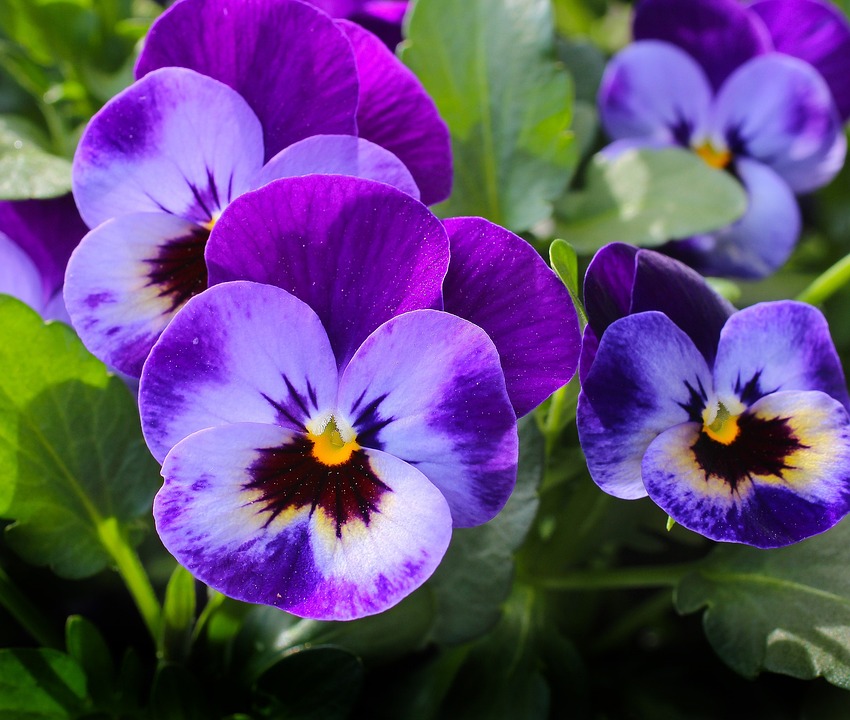
4) Fertilizer for African Violet
To get your African violets to bloom vigorously each year, using fertilizers is usually a good option. Apply worm castings, fertilizers, and well-decomposed manure.
5) Plagues and Diseases
-Mites are usually a strong enemy of the African violet. It would be best if you combated them with natural insecticides, such as neem oil or potassium soap.
-It can also be affected by fungi easily. You should quickly remove rotten flowers and leaves to prevent them from spreading. Apply fungicides to prevent the appearance of these fungi.
-If you want to remove the dust from the leaves, you can do it with the help of a brush with delicate and soft hairs; never wet the leaves with water.
-If you keep your plant indoors, keep it near the window. It is not advisable to keep it near the window in cold climates because it can freeze and die.
5) Problems
Here’s a series of symptoms that may arise and their corresponding causes to help you identify and solve the issue:
-The African Violet usually is short. If the petioles are longer than average, they may be too short of light.
-Insufficient light can also cause loss of color intensity in the leaves.
-Yellow spots: viral problem.
-If the flowers do not grow, remember to reduce the frequency of watering.
-A characteristic problem of excess humidity is usually a whitish coloration in the flowers. Reduce the frequency of watering.
-For better growth, you can remove the leaves from the center of the rosette. It is a type of pruning.

Do you have any other tips to share with us? Leave it down in the comments below!
